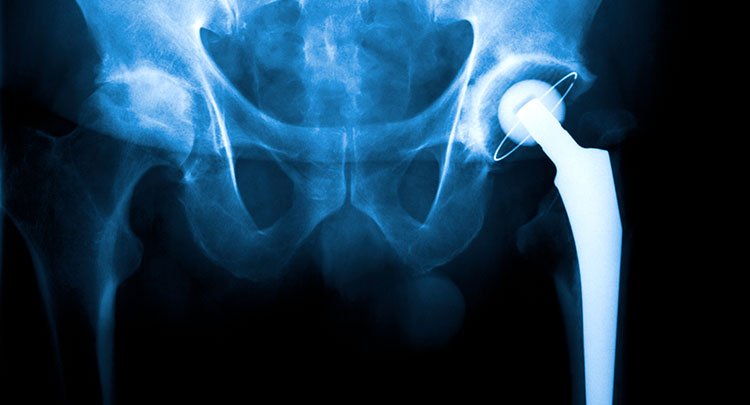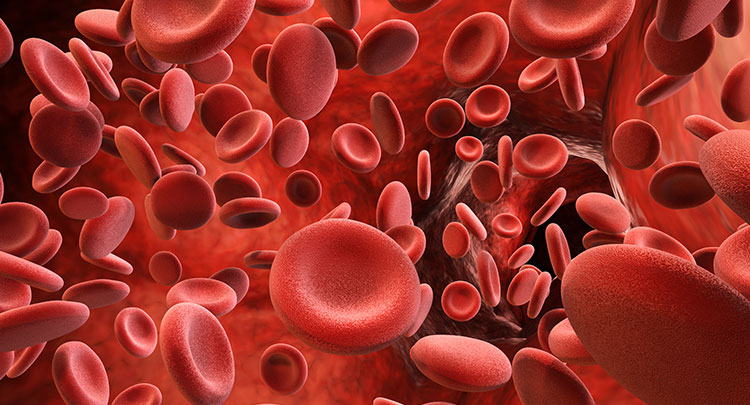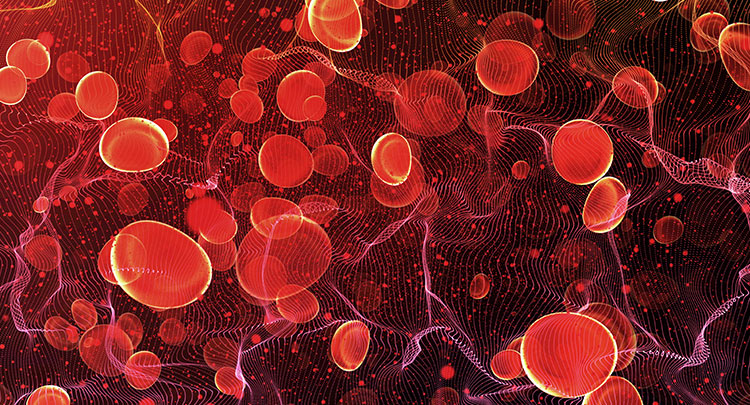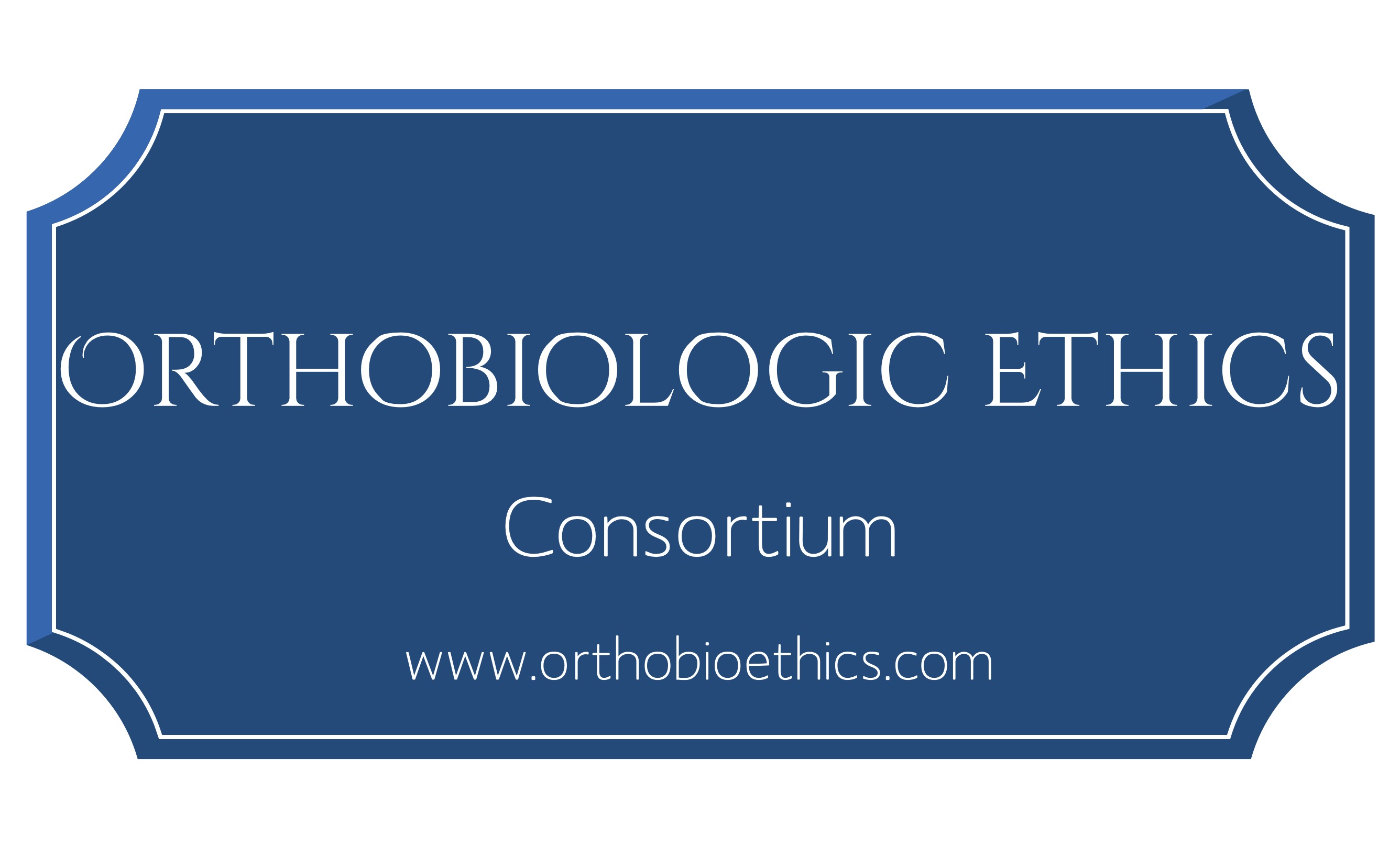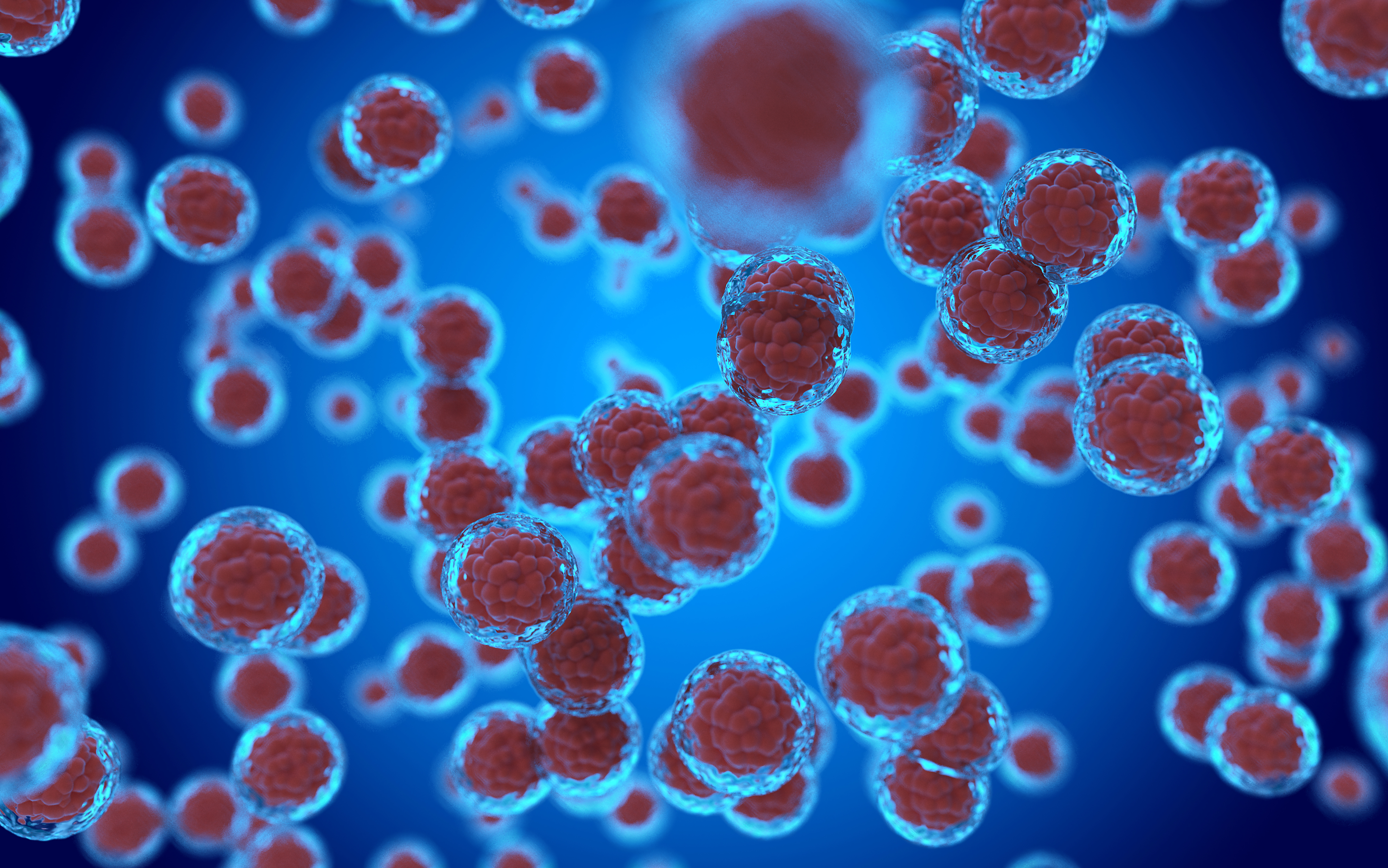
The many growth factors are PRP help specifically with the healing process of wounds or other injuries. Because of this ability, they are often used in regenerative medicine therapies for sports injuries, cardiac surgery, spinal treatments, and more.
How Platelet Rich Plasma is Derived from the Body
In order to obtain PRP from an individual, a vial of blood must be drawn. The amount drawn is often around 30 ccs or about one ounce; this is similar to 2-3 vials of blood. A sample of this size will generally yield between three and five ccs of PRP. This yield varies based on the number of platelets the person has in their blood, what device is used to obtain the sample, and the techniques utilized.
To prevent the platelets in the drawn blood from activating and beginning the process of coagulation, an anticoagulant is often added to the vial. The most common of these is citrate dextrose A. This helps to preserve the sample so that it can be used more effectively at a later date.
After the blood has been drawn the PRP is separated with a centrifuge. Initially, the entire tube is placed in the centrifuge. After a cycle, the tube will have separated the blood into distinct layers.
The red blood cells all settle at the bottom of the tube. The top of the tube consists of the plasma blood cells, which are a clear intravascular fluid that “holds” the platelets and other red blood cells. There is also a thin, intermediate layer that separates the red blood cells from the white blood cells. This layer is called the buffy coat, and it is rich in white blood cells.
Platelet Rich Plasma Production
To produce PRP, the upper layer of plasma and the buffy coat are both taken out of the vial and transferred into a separate tube. After this separation, a second centrifugation process takes place, causing the plasma to further separate into layers of platelet-rich plasma and platelet-poor plasma. The platelet-poor plasma is removed, leaving you with your final product.
The Role of Platelet Rich Plasma in Regenerative Medicine Therapies
There are many growth factors that promote healing and facilitate cellular regeneration, including platelet-derived growth factor, transforming growth factor beta-1, vascular endothelial growth factor, basic fibroblastic growth factor, epidermal growth factor, and others.
All of these growth factors play a role in tissue healing and regeneration, especially in the early stages of these processes. They help to create new tissues, such as cartilage, collagen, and fibers and stimulate the growth of new blood vessels in these tissues to further improve healing.
A further benefit of these elements is the reduction of inflammation. When a tissue is injured and starts to heal, a large amount of blood flows to the area to move nutrients and various chemicals to the site to stimulate the healing process. However, this influx of components results in swelling and inflammation, which can then cause an increased risk of scar tissue formation.
Scar tissue forms in place of the original tissue, resulting in less tissue strength and functionality. PRP can help to reduce excess inflammation, reducing scar tissue formation and encouraging healthier body tissues.
Because of these benefits, PRP is becoming an increasingly popular treatment option for a number of different injuries. Since PRP has the ability to help rebuild new tissues that have been worn down, it is often used to treat cartilage injuries. These can be a result of sports injuries, such as spinal or knee damage, or just from overuse, like with osteoarthritis or spinal disc degeneration.
With some problems, like spinal disc compression or meniscus damage or tears, the fibrocartilage in these locations simply wears down or is traumatized resulting in injury. The cartilage in these areas doesn’t heal well because it has very limited blood flow. But, PRP injections can stimulate the healing process, recreate the damaged tissue, and restore joint function.
In the case of osteoarthritis, the articular cartilage on the ends of the bones is worn down, reducing joint mobility and causing pain. PRP can help to rebuild this cartilage and address the root of the pain itself as opposed to simply treating the symptoms like most treatment options.
PRP is also commonly used to treat rotator cuff injuries, tendon damage, or plantar fasciitis. Similar to cartilage injuries, PRP is able to stimulate the growth of new tissues to replace those that are damaged. Their ability to reduce swelling and scar tissue buildup also improves the healing process and leaves the body with more functionality and stronger muscles, tendons, and other tissues.
